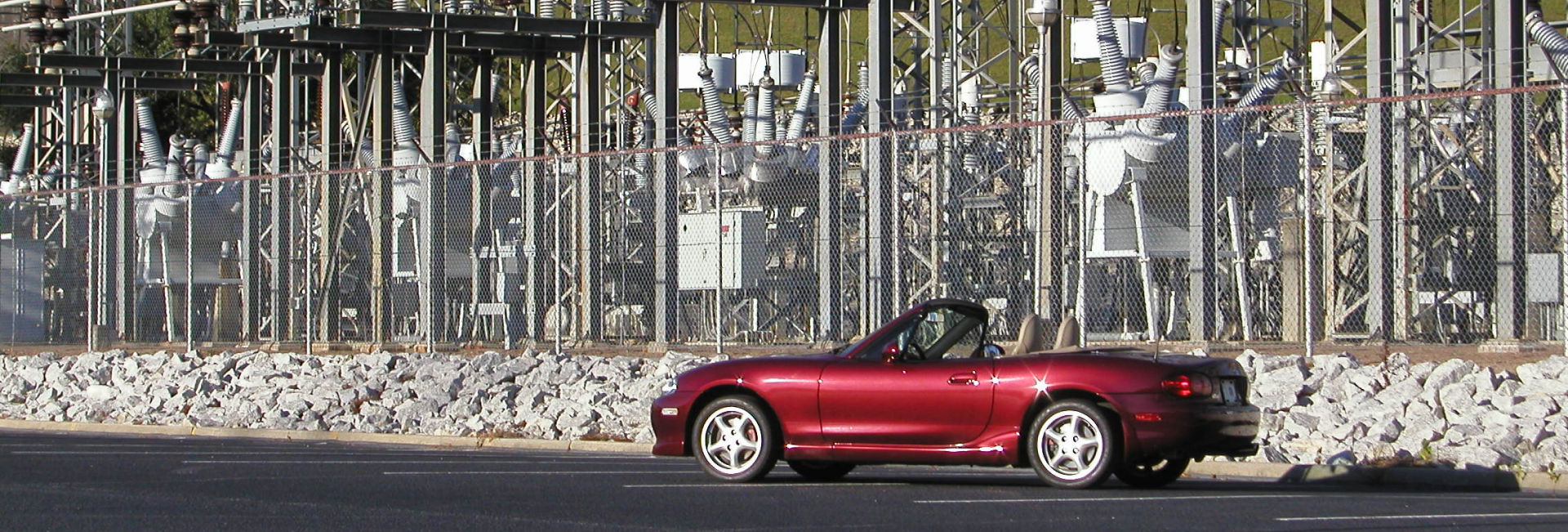Last Sunday after we had returned from a bike ride I was sitting peacefully on the living room floor watching Sports Center while I stopped sweating when I heard a scream from Donna in the kitchen. Thinking it was just a visit from another Palmetto Bug, AKA Giant Flyin’ Cockroach, I hurried into the kitchen with a rolled up magazine from the coffee table in my hand for a weapon. It wasn’t a bug, but a quickly forming puddle in front of the fridge.
I hightailed it out the front door and shut off the water to the house. This wasn’t the first time, nor even the second time this kitchen appliance has decided to water the floor. We soaked up the small lake with some towels and I pulled the refrigerator out from the wall. I went outside, turned the water on part way and ran back inside to see where it was leaking. It wasn’t coming from the inlet line right at the back of the fridge where it had the last two times, but it was coming from somewhere near the front. Back outside to turn off the water, return inside to look under the front. It looked like the water was coming from the back of the cylindrical water filter that is impossible to reach unless you can turn the refrigerator on its side (which I had no intention of trying.)
A plastic water line comes up through the floor with no shut off valve and attaches to the refrigerator using a 1/4″ Brass Compression Union, so we agreed the easiest thing to do would be to cap one end of the union and live with ice cube trays. Home Depot is only mile away so I drive over and look in the plumbing aisle and they have a 10′ row of hooks filled with 1/4″ plumbing fittings. There is one hook that is empty leaving a glaring blank spot. Yup, that is where the 1/4″ ends caps should be.
Two miles down the road was Lowes and they had plenty of caps. I wrapped some teflon tape around the threads and tighened up the cap. Outside, water on, inside and inspect the capped union. It was dripping pretty good into a bowl we had placed to catch the water. Outside, water off, back inside to unscrew the cap, wrap more tape and tighten the cap down again. Outside, water on, back inside. Drip, drip, drip, %$@*&. Outside, water off, back inside. Upon inspection I noticed the cap was butting right up against the cent hex portion of the union. That has got to be why it is leaking. I dig into the miscellaneous plumbing bits draw and come up with a chrome union that has a slightly longer distance between the end of the threads and the hex portion. Problem solved…or so I thought.
Wrapped the threads with teflon tape and and tightened the cap as well as I could and there was just a touch of daylight between the cap and the hex. Outside, water on, inside and there is still a drip, drip, drip coming from the connection. Plan C is hatched. We have a few pieces of rubber diaphragm from some discarded ASCO valves that we had around for who knows what. I could cut a small diameter circle that just fits inside the cap and tighten the union up against that. That’s gotta work. Button everything up, go outside, turn on the water, come back inside to…drip, drip, drip.
At this point Donna and I discuss leaving a 5-gallon bucket next to the refrigerator to dangle the dripping water line into that could be emptied once or twice a week. I say let me try one last thing. Outside, water off, inside. I go back to my plumbing spare parts draw and get one of those white plastic compression rings. I remove the rubber diaphragm piece and put in the ring. This time I don’t tighten the cap ’til I can’t turn the wrench any more, instead I give it about 3 turns and stop. Outside, water on, inside. SUCCESS, NO DRIPPING.
As I’m buttoning everything up, I trace out the waterlines under the fridge and notice that after the union the hose went to the leaking filter fixture, then out of the filter and into the back of a single inlet valve with 2 outlets, one to the in-fridge water dispenser and the other to the ice maker. This gets me thinking, why don’t I just bypass the filter, that way we still can have a working ice maker. But the plastic 1/4 line going into the valve doesn’t have any screw type connections, just a plastic collar. I Google search the interwebs and find out this is some sort of quick connect mechanism. Cool.
So I get out an X-acto knife and blithely chop off the union that I have spent the last hour and a half trying to, and finally succeeding to, stop dripping. I pull on the collar, pull out the line from the filter, push the plastic inlet hose in to the valve, go outside, turn on the water, return to the back of the refrigerator and no drips.
And now that I think back to my first trip out to Home Depot, one of the things I did see while looking for the out of stock end cap was a plastic shut off valve for seven bucks with those same type of quick connect ends. If I only knew.
Miata Top Tran?si?tions since 10/24/08: 1168
